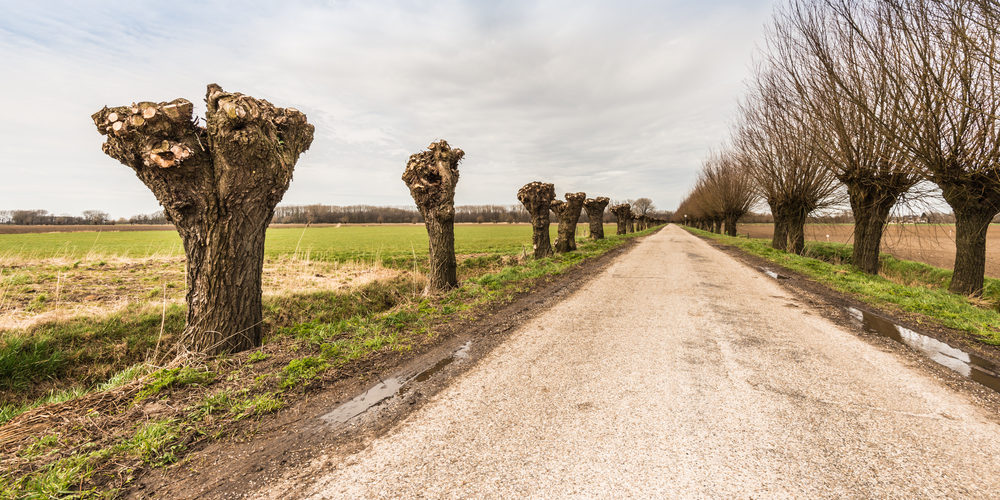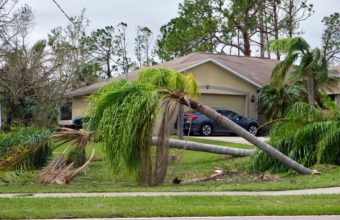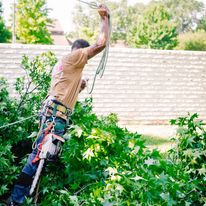Pruning is an important aspect of tree care, but there are certain parts of a tree that should generally not be pruned or should be pruned sparingly to avoid harming the tree’s health and overall structure.
Here are some parts of trees that you should avoid pruning or be cautious when pruning…
- Branch Collars – The branch collar is the swollen area where a branch attaches to the main trunk. It contains specialized cells that help the tree compartmentalize wounds and protect against disease. Avoid cutting into or damaging the branch collar when pruning, as doing so can hinder the tree’s ability to heal properly.
- Branch Bark Ridge – The branch bark ridge is the raised ridge of bark that forms at the upper side of a branch union. Like the branch collar, it helps with wound closure and should be preserved when pruning.
- Main Trunk – Avoid making large or deep cuts into the main trunk of the tree, especially without a good reason. Excessive trunk pruning can weaken the tree’s structure and compromise its stability.
- Too Much Foliage – Avoid removing too much foliage (leaves and branches) at once, as it can stress the tree and disrupt its ability to photosynthesize and produce food. Over-pruning can lead to reduced growth and vigor.
- Major Limbs in One Season – It’s generally not advisable to remove more than 25% of a tree’s canopy in a single growing season, as it can put excessive stress on the tree.
- Flush Cuts – Cutting branches flush with the trunk or a larger limb can create a larger wound and make it more difficult for the tree to heal properly. Always use proper pruning techniques, such as making cuts just outside the branch collar and the branch bark ridge.
- Topping – Topping, which involves cutting the tops of trees or major branches indiscriminately, is a harmful and outdated practice. Topping weakens trees, leads to rapid regrowth of weak branches, and increases the risk of disease and structural problems. It should be avoided at all costs.
- Removing Too Many Lower Branches – Removing all the lower branches (known as “lion’s tailing”) can disrupt the natural balance of the tree and lead to structural issues and sunscald on the exposed trunk.
- Over-Pruning Young Trees – Young trees need their leaves and branches for photosynthesis and growth. Over-pruning or shaping young trees too aggressively can hinder their development.
- Pruning During Inappropriate Times – Pruning during the wrong season or under adverse weather conditions (e.g., during drought or extreme heat) can stress the tree and make it more susceptible to pests and diseases.
Approach tree pruning with care and consideration for the tree’s health and long-term well-being. When in doubt, consult with a certified arborist or tree care professional who can provide guidance on proper pruning practices for your specific tree species and situation.






